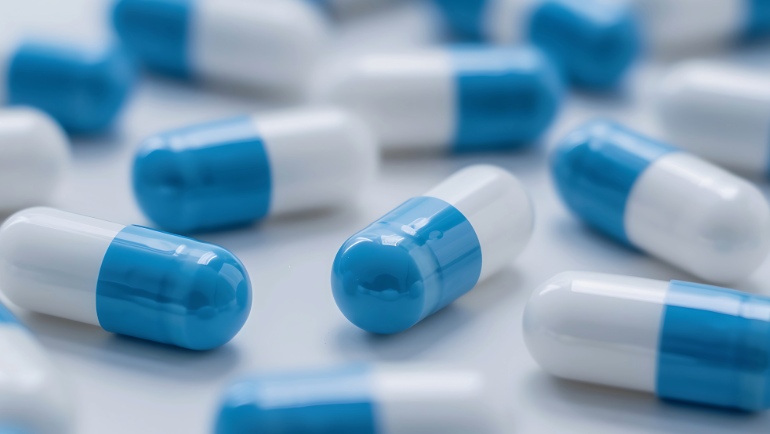

Wayne State University’s Center for Emerging and Infectious Diseases (CEID) is launching its participation in World AMR Awareness Week with an urgent message: the growing threat of antimicrobial resistance requires immediate community action, so it is critical to educate, advocate, and act now.
Antimicrobial Resistance (AMR) occurs when bacteria, viruses, fungi, and parasites no longer respond to antimicrobial agents. Because of drug resistance, antibiotics and other antimicrobial agents become ineffective and infections become difficult or impossible to treat, increasing the risk of spreading various diseases that may lead to severe illness or even death.
“Antimicrobial resistance isn’t just a future threat—it’s a present crisis affecting our Detroit community right now,” said Marcus Zervos, M.D., co-director of CEID. “When common infections become resistant to treatment, routine medical procedures become increasingly dangerous. We’re seeing this challenge firsthand in our hospitals.”
World AMR Awareness Week is a global campaign to raise awareness and understanding of AMR and promote best practices to address it. It goes from Monday, Nov. 18 to Sunday, Nov. 24. CEID will lead initiatives highlighting this year’s theme, “Educate, Advocate, Act Now.”
CEID officials say that Detroit has become an important community in the observation and response to AMR, with several new types of resistant microorganisms first being observed in the southeast Michigan area.
“In Detroit’s healthcare facilities, we’re encountering more cases where standard antibiotics are failing,” said Teena Chopra, M.D., M.P.H., an infectious diseases expert and co-director at CEID. “This puts our most vulnerable populations at heightened risk.”
Increased use and misuse of antimicrobials across sectors and other microbial stressors, such as pollution, create favorable conditions for microorganisms to develop resistance. Bacteria in water, soil and air, for example, can become resistant to common antibiotics following contact with resistant microorganisms. Human exposure to AMR in the environment can occur through contact with polluted waters, contaminated food, inhalation of fungal spores, and other pathways that contain antimicrobial resistant microorganisms.
Health experts have several suggestions to help prevent AMR: Only use antibiotics when prescribed by healthcare professionals, complete the full course of prescribed antibiotics, practice regular hand hygiene, keep vaccinations up to date, properly dispose of unused medications, and learn about infection prevention. CEID experts want the public to understand that antibiotics are not just another medication; they’re a precious resource that must be protected through informed usage.
“The public needs to be aware of the potential presence of drug-resistant bacteria in our food supply,” said Paul Kilgore, M.D., M.P.H., F.A.C.P, a professor and director of research for the Department of Pharmacy Practice in Wayne State University and co-director of CEID. “As antimicrobial resistance increases globally, some bacteria are becoming resistant to multiple antibiotics, creating dangerous ‘superbugs’ that pose significant risks to public health. It is important that people adopt responsible practices in their daily lives for using antibiotics and other antimicrobial agents. Important steps include using antibiotics only when prescribed, avoid sharing antibiotics or using them for non-infectious conditions, vaccinate to prevent disease, use good hygiene by washing your hands regularly, practice safe food handling, and educate others about the importance of using antibiotics responsibly and the risks of antimicrobial resistance.”

